October 10, tRump HERE!
September 26th, 2019

WI PSC’s FINAL ORDER for Cardinal-Hickory Creek xmsn
September 26th, 2019

The Cardinal-Hickory Creek transmission line was approved by the Wisconsin Public Service Commission in a rubber stamp “decision” based on their deliberation at the meeting of August 20, 2019. Before the decision, there was some discussion of DALC’s Motion for recusal o Commissioners Huebsch and Valcq due to conflict of interest, and they had a ‘doth protesteth too much” response:
5-CE-146 Memorandum from Chairperson Valcq regarding Recusal (PSC REF#: 376345)
Docket: 5-CE-146 Document Type: Memorandum Submitted by: COKERS
5-CE-146 Memorandum from Commissioner Huebsch regarding Recusal (PSC REF#: 376346)
Docket: 5-CE-146 Document Type: Memorandum Submitted by: COKERS
Agenda Memorandum – Motion for Recusal and Disqualification (PSC REF#: 376363)
Docket: 5-CE-146 Document Type: Memorandum Submitted by: abrald
And after they dismissed the Motion, it took about two seconds to approve their written Order, and another few hours to distribute it:
Petition for Rehearing due October 16, 2019. Mark your calendars!!!
Coal ash? Comment now!
September 22nd, 2019
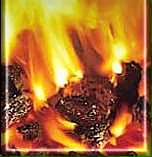
Remember the huge coal ash impoundment ruptures/breeches dumping coal ash all over? THIS is why treatment and use of coal ash matters:
TVA coal ash slide – UPDATES
And even in Minnesota: TVA coal ash — we had our own ash slide here in MN
There was a rule update and comments in 2018, and it was remanded, and so here we go around again…
FEDERAL REGISTER ANNOUNCEMENT: Disposal of Coal Combustion Residuals from Electric Utilities
Comments must be received on or before October 15, 2019!
From the EPA’s announcement (CLICK HERE):
Public Hearing on the Proposed Changes to the Regulations for Coal Combustion Residuals: Enhancing Public Access to Information and Reconsideration of Beneficial Use Criteria and Piles
Wed, October 2, 2019
9:00 AM – 8:00 PM EDT
DoubleTree by Hilton Hotel
300 Army Navy Drive
Arlington, VA 22202
The public hearing will consist of three sessions:
- A morning session starting at 9:00 am and ending at noon.
- An early afternoon session starting at 1:00 pm and ending at 4:00 pm.
- An evening session beginning at 5:00 pm and ending at 8:00 pm.
CLICK HERE FOR THE PROPOSED RULE!
Just do it, comment away!!! Comments must be received on or before October 15, 2019.
Juhl in the news
September 22nd, 2019
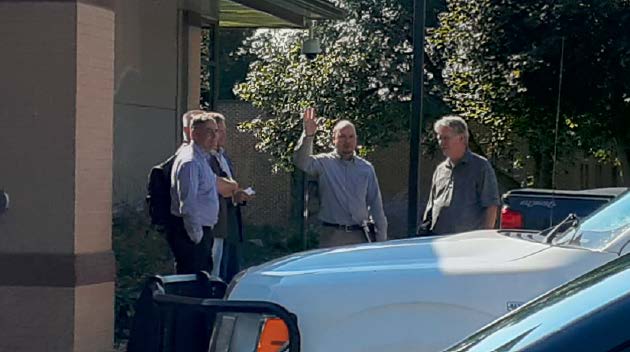
Remember the Juhl Energy permit fiasco in Rock County earlier this month?
Rock County CUP granted
Now another Juhl project in the news, featuring Dan Juhl, who says he’s retired. HA! Doesn’t look like it… [After I published this, found another in the STrib, “Minnesota wind-solar hybrid project could be new frontier for renewable energy,” yup, “retired” guy on a big PR push!]
FYI, yes, distributed generation is where it’s at, siting small projects near load means that no new transmission is required, but because the massive transmission build-outs of CapX 2020 and MISO’s 17 project MVP portfolio have been built, well, it’s a little late.
BTW, Dan Juhl was present at the September 8, 2001 meeting at the Dinkytown Loring, after the first of Xcel’s 345kV transmission lines was proposed (Search for PUC Docket 01-1958) where Beth Soholt and Matt Schuerger asked a bunch of likely intervenors, “What would it take for you to approve of this project?” They never answered my question of what they were getting to promote it, but Matt Schuerger sure did get pissy and flustered and threatened to stomp out of the meeting! I did find documentation the $4.5 million (2001) and $8.1 million (2003) grants for “Wind on the Wires,” at that time a program of the Izaak Walton League. Clearly they got at least that much, and from other sources they got more, who knows how much… And all those transmission projects went through…
Anyway, here’s the recent report on a new project, from MPR:
New power generation: Rural co-op makes bet on wind, solar hybrid
The electricity we use is often generated hundreds of miles away. Dan Juhl wants to keep it local.

To prove his theory, Juhl’s company — Juhl Energy — has built what he calls the first hybrid generating system in the country.
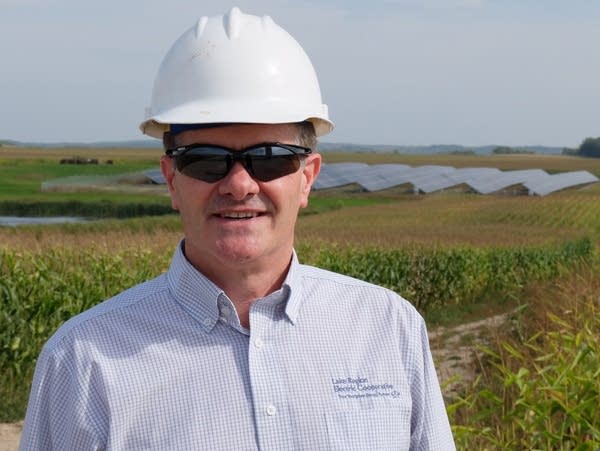
A smaller scale for energy resilience

A customer in co-ops
****************************************
New Power Generation? Just saw the reincarnation at the Sheldon last year…
Oh… nevermind…
Camp-Hosting is a happening thing
September 19th, 2019
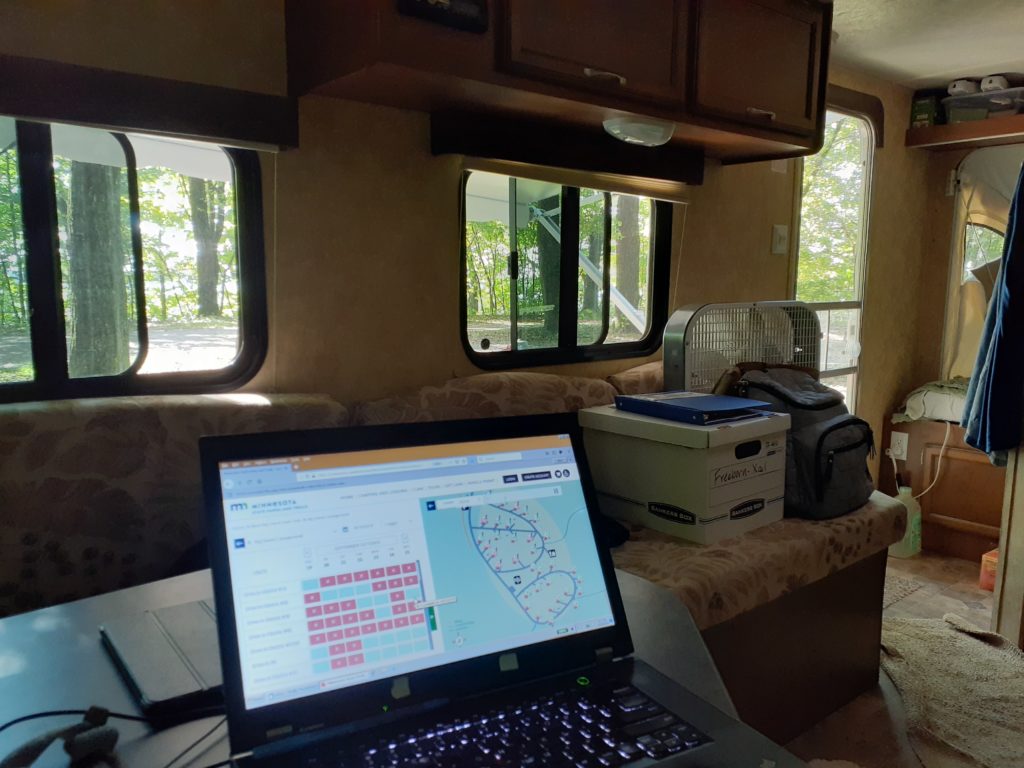
Camp-hosting is something I’ve wanted to do for years, and we finally got around to it, two weeks in Myre-Big Island State Park. It’s hard to carve out the time, although working on site is doable, as it is in most of the state parks we’ve been to. T-Mobile service is almost everywhere, and I’ve been officing in campgrounds since we got the pop-up, here, there, and everywhere.
A couple months ago I splurged and got a trailer more suitable for longer trips and longer stays, one that’s got the best of both worlds, a 2012 Starcraft AR-ONE 15RB. It’s self-contained for a quick stop on the way with none of the pop-up set-up hassle, and with a drop down bunk for that tent feel. It’ll take a bit to get adjusted, but a lot less than it took to get the pop-up set up right with all the necessary accoutrements.

This year, though, ugh, with all these dockets going, we’ve only gotten two short trips in, one for a couple days in May here in Myre-Big Island State Park to test the R-Vision Cassette before we sold it, had to make sure it really wouldn’t work for us, and it was just too small (loved the kitchen in back, however). Cute but way small. The good news is that it sold pretty easily:

And we got a short trip in June to Mirror Lake State Park in Wisconsin, perfect for a quick jaunt to Madison, and it ended up being our last trip on our ’97 Palomino Yearling pop-up — we had 4 years and 170 days in it, for sure got our money’s worth out of it. That dear pup went pretty fast too, and now it’s headed out to Idaho and back:


But this year has been so nuts, I’ve had to cancel FIVE trips, and no way was I going to cancel out of the camp-hosting gig. And here we are, back in Myre-Big Island, right next to the proposed site for Freeborn Wind — how convenient!

First day was beautiful, just perfect, and that night it poured. Sadie was SO upset, and it rained and rained, with INTENSE winds, trees down, and DOH, we forgot to put the awning up, and spent 40 minutes in the rain holding it steady so we wouldn’t lose it (THANK YOU, ALAN!), it was following last Friday’s storm that flooded South Dakota and made a mess here too:

And then a nice day, and we got to dry out some, stroll, waddle, and hike around the park, and in the evenings deal with helping folks stopping by for the night get registered and in the right spots. It started pretty empty, but filled up fast, especially these sites along the lake (with the best phone/internet service), even over capacity, with folks setting up in a picnic site, and we had to move them to a campsite.

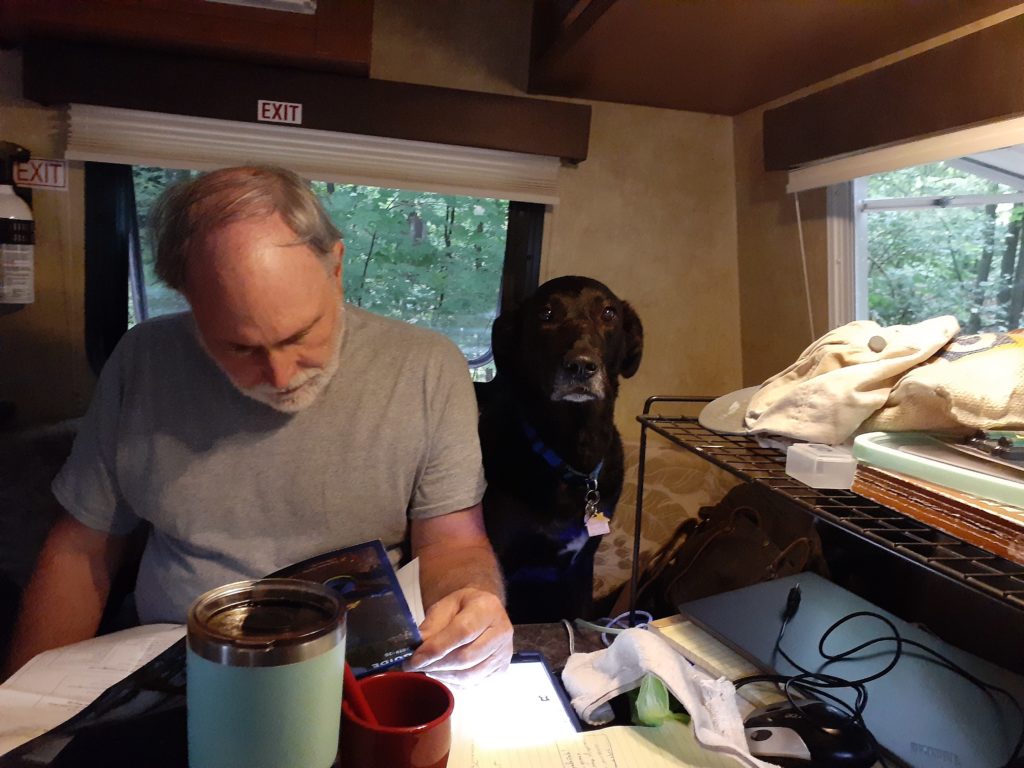
Mona & Greg came down for a couple days, that was great, we haven’t seen them in way too long. My favorite thing about camping, other than getting out on the road and into the woods, is outdoor cooking, and oh, did we have meals to share in excess, and good company makes it even better:
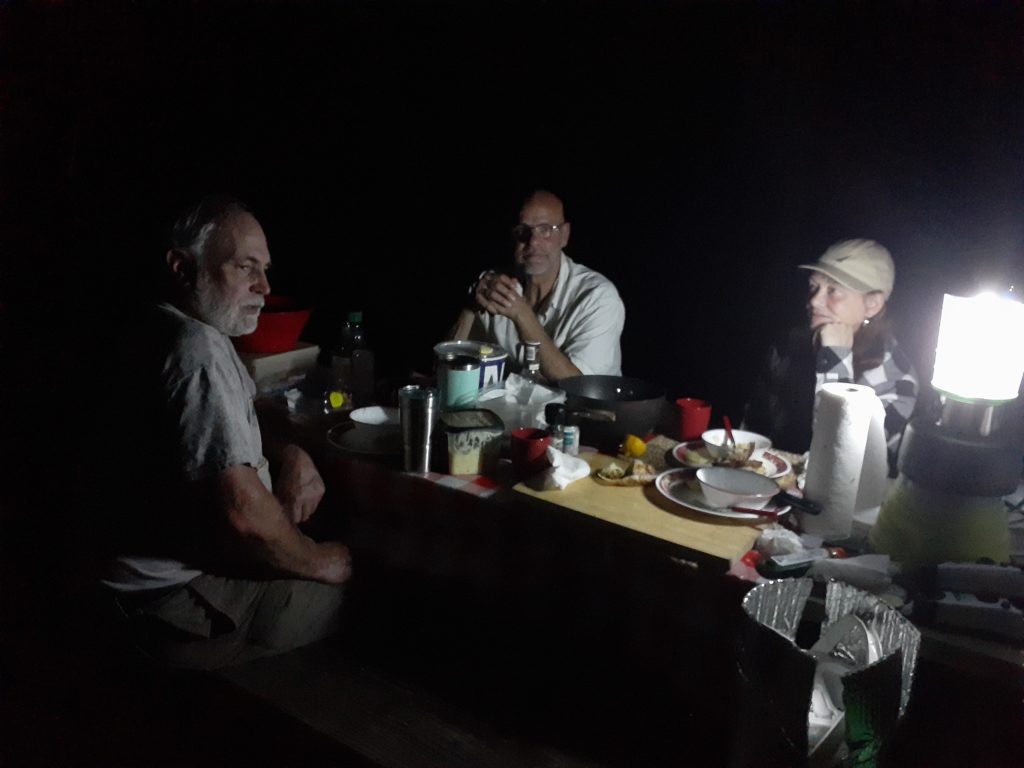
And their puppy Eddie is growing up — what a cute little guy. He and Sadie are now fine, no barking or snarking, though Sadie just doesn’t play like he wants. She never has, she just didn’t have that puppy socializing time and doesn’t know how to interact with animals or people very well. Here’s Eddie waiting for mom, seriously focused:
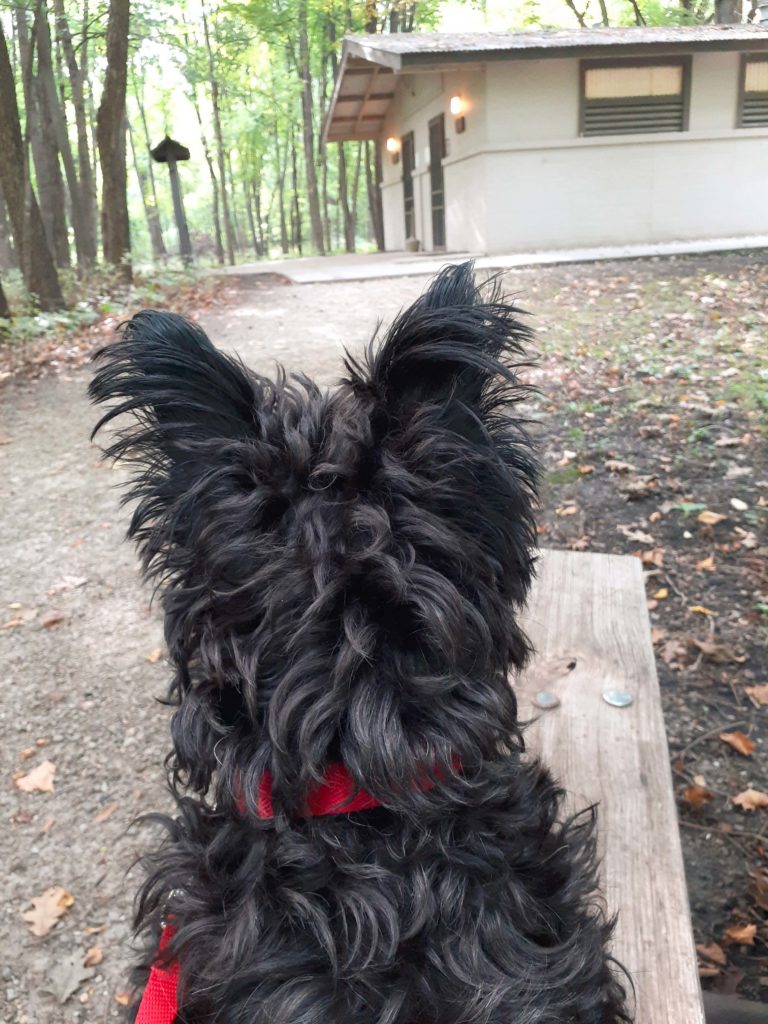
Then last night, pouring all night long, heavy rain, and one intense BOOM! that seemed just overhead, and sent poor Sadie almost through the canvas. She was shaking, hyperventilating, and drooling, and it went on until almost sunrise. She’s sleeping it off, but I’ve not been that lucky yet. The sun came out, and it’s a quiet weekday in the park.
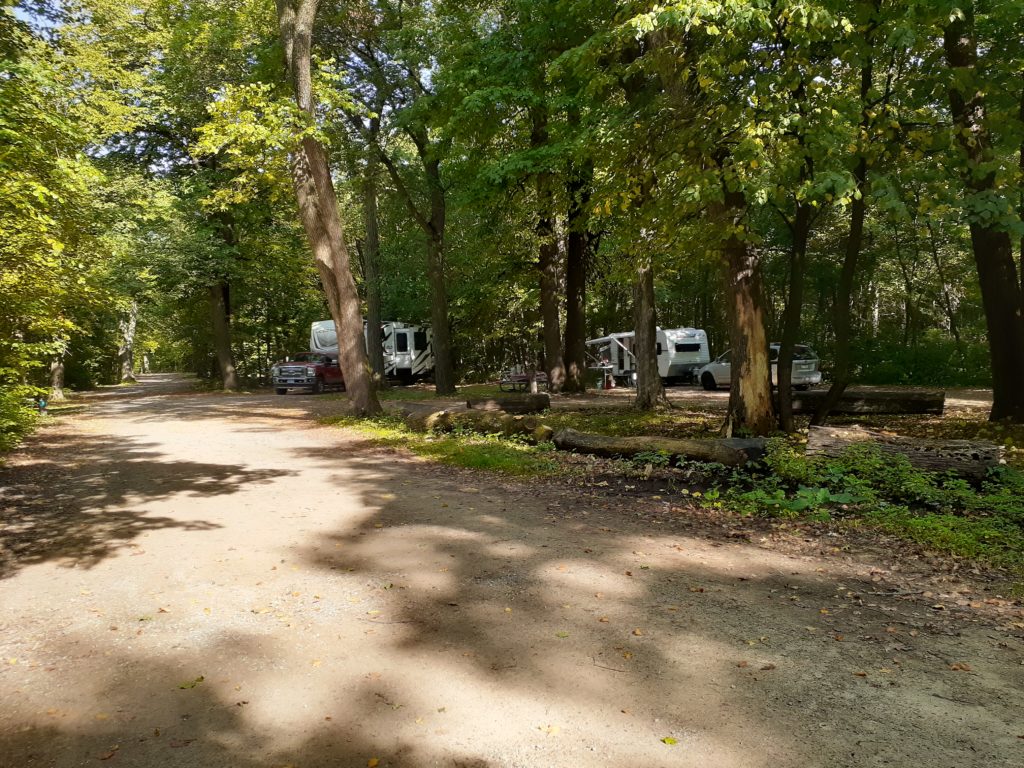
FYI, the DNR has the visible beginnings of an energy program. Lots of the State Parks we’ve been to have solar arrays, Nerstrand Big Woods, Big Bog, and Tettegouche:
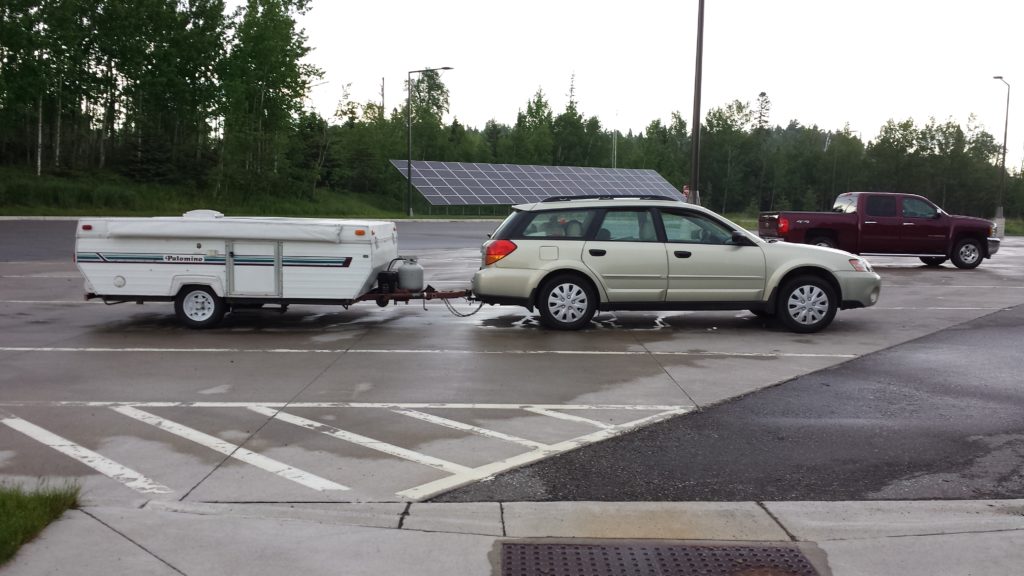
They don’t have solar here yet, but they do have an electric vehicle for the cleaning crew, a cute little cab over with a flatbed on back, and they have a Nissan for staff — with a clue if you can’t figure out what model it is:

DOH! How cool is that?
Back to work… Freeborn Wind calls. So does Sadie, somebody wants dinner. There’s a beautiful pink sunset out the windows… the joys of self-employment.
